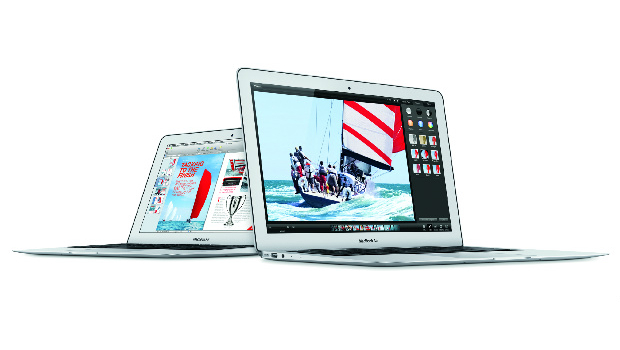IBM is doing something it has never done before: allowing employees to use Macs at work. So far it is a success. Four months into its new programme, IBM finds Mac support requirements are lower than those of a traditional PC environment, customer satisfaction is higher, and the pricier upfront cost of buying a Mac is more than offset over time.
For a long-time Windows-centric organisation, it is a big change.
“There had always been quite a lot of built-up demand by people who wanted to use Macs at IBM, and certainly in IT we wanted to be able to offer Macs to people,” said Fletcher Previn, vice president of Workplace-as-a-Service at IBM. “But outside of a very small group of designers or people who write software for the Mac, we really didn’t allow people to get one from IBM. You could BYO one, but it was kind of at your own risk.”
IBM is now meeting that demand at a rapid clip. It is deploying Macs at a rate of 1,900 devices per week. So far, the four-month-old Mac@IBM programme has put roughly 130,000 Macs and iOS devices in the hands of IBM employees.
Even more impressive, IBM is managing all those devices with a scant support staff of 24 people, which equates to a ratio of one help desk person for every 5,400 devices. How’s that possible? Less demand for assistance.
“Five percent of the Mac users ever call the help desk; 40% of our PC users call the help desk,” Previn said. “Because of the way we’re deploying [Macs], there are just simply fewer problems.”
Management platform
Previn spoke about IBM’s Mac undertaking at JAMF Software’s user conference, in Minneapolis. JAMF is the maker of the Casper suite, an enterprise management platform for Mac OS X computers and iOS mobile devices. IBM is using Casper suite for its internal Mac deployment; Casper is also part of IBM’s managed IT services offering, announced in August, to help large enterprise customers deploy Macs within their IT infrastructure.
Previn’s session was attended by more than 1,000 Apple IT administrators at the JAMF Nation User Conference (JNUC). Here are some key takeaways from his presentation.
Employee preference at IBM is shifting to OS X and iOS.
IT manages 618,000 laptops and nearly 150,000 mobile devices for IBM’s workforce, which includes roughly 400,000 full-time employees and 130,000 contractors, operating in more than 170 countries.
The company officially launched its employee-choice programme on 1 June. So far, on a worldwide basis, about 35% of new users are opting for Macs. The percentages vary based on users’ ages, years of service and geography, Previn said. In some places, adoption rates are as high at 88%. If you were to remove all artificial barriers, “somewhere around 7 out of 10 will take a Mac,” he said.
On the mobile device front, preference is also shifting to Apple.
“Over time we see more iOS, we see less Android, and we see BlackBerry really kind of disappearing — now it’s down to an almost statistically irrelevant number, less than 1%,” Previn said. He expects to see continued growth in iOS, which will account for an estimated 75% of mobile devices under management at IBM within the next year.
Business case
Previn and his colleagues heard all the usual arguments against moving to Macs: They are more expensive and difficult to support. IT does not have the skills to manage Macs in a way that makes people feel comfortable about security. The whole application portfolio will need to be refactored. The help desk will need to be retrained.
So IT set out to quantify the expected costs and find ways to make the deployment cost-neutral to the company. Previn and team measured dozens of factors, including: number of calls to the help desk, number of virus infections, number of warranty claims, and number of battery replacements. They also measured the cost avoidance associated with tasks IT doesn’t have to do on the Mac, such as disk encryption and software imaging.
In the end, IT came up with a mix of hard and soft benefits, but Previn said the department has tried to focus the Mac@IBM business case on the hard benefits, simply because the soft benefits are more difficult to justify in a conversation about finances.
For starters, IBM found the workstation cost per user is not as lopsided as one might think. While the upfront investment in a Mac is more than a Windows PC, the Mac has a higher residual value. In IBM’s environment, moving from buying a PC every four years to leasing a Mac “worked out to be cost-neutral for us,” Previn said.
Imaging benefit
Not needing an image, thanks to provisioning automation, “is a huge part of the business case for us,” Previn said. IBM can avoid many of the tasks required of a typical Windows imaging environment. “On the traditional PC side, [imaging involves] a lot of people, it creates complexity in the supply chain — you have to buy the laptops, bring them somewhere and image them, then store them until somebody needs them. All of that is stuff that we don’t have to do because of the thin-imaging technology with Casper.”







Subscribers 0
Fans 0
Followers 0
Followers